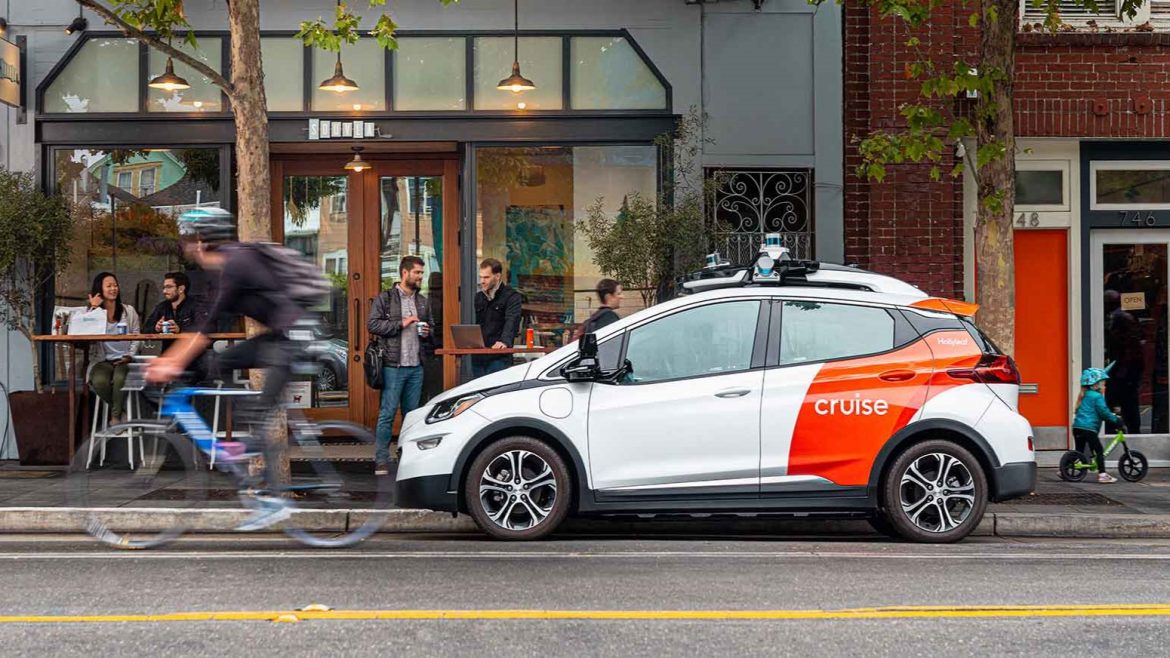Cruise, the driverless car unit of General Motors (GM), announced late Thursday that it would suspend all operations across the nation. This move came in response to a directive from California regulators, who ordered the robotaxi operator to remove its driverless cars from state roads due to safety concerns.
Safety Concerns and Public Trust
The California Department of Motor Vehicles (DMV) expressed reservations about the safety of Cruise’s driverless vehicles, alleging that the company had “misrepresented” the technology’s safety. Cruise acknowledged the importance of rebuilding public trust and, as a proactive measure, decided to pause driverless operations in all of its fleets.
Impact on Self-Driving Ambitions
Cruise’s decision follows a series of accidents involving its vehicles. While the company stated that the suspension was unrelated to any new on-road incidents, it represents a significant setback to GM’s self-driving business ambitions, which it has identified as a substantial growth opportunity. Cruise’s operations extend to Phoenix, Houston, Austin, Dallas, and Miami, and the suspension affects them all. Notably, supervised autonomous vehicle operations will continue despite this move.
Ongoing Investigations
Earlier on Thursday, U.S. auto safety officials revealed that they were investigating five additional reports of Cruise self-driving cars engaging in hard braking, leading to collisions. These investigations by the National Highway Traffic Safety Administration (NHTSA) were initiated in response to reports of accidents where Cruise vehicles braked suddenly, causing other vehicles to collide with them.
NHTSA expressed concerns about “inappropriately hard braking,” emphasizing that it can lead to Cruise vehicles becoming unexpected roadway obstacles and potentially result in collisions. Cruise confirmed its cooperation with the ongoing investigation, welcoming NHTSA’s inquiries into its safety record and operations.
Previous Safety Incidents
In August, the DMV directed Cruise to remove half of its driverless vehicles from the road after another crash. The DMV order stemmed from an incident on October 2, where a Cruise self-driving vehicle braked but failed to avoid striking a pedestrian who had previously been hit by a hit-and-run driver.
The DMV raised concerns about Cruise’s response to the incident, asserting that “Cruise’s vehicles may lack the ability to respond in a safe and appropriate manner during incidents involving a pedestrian.” Cruise refuted these allegations, maintaining that it had provided the DMV with all available video footage of the accident.
While the exact duration of the suspension remains uncertain, it underscores the ongoing challenges faced by autonomous vehicle developers as they strive to ensure the safety and reliability of self-driving technologies on public roads.



